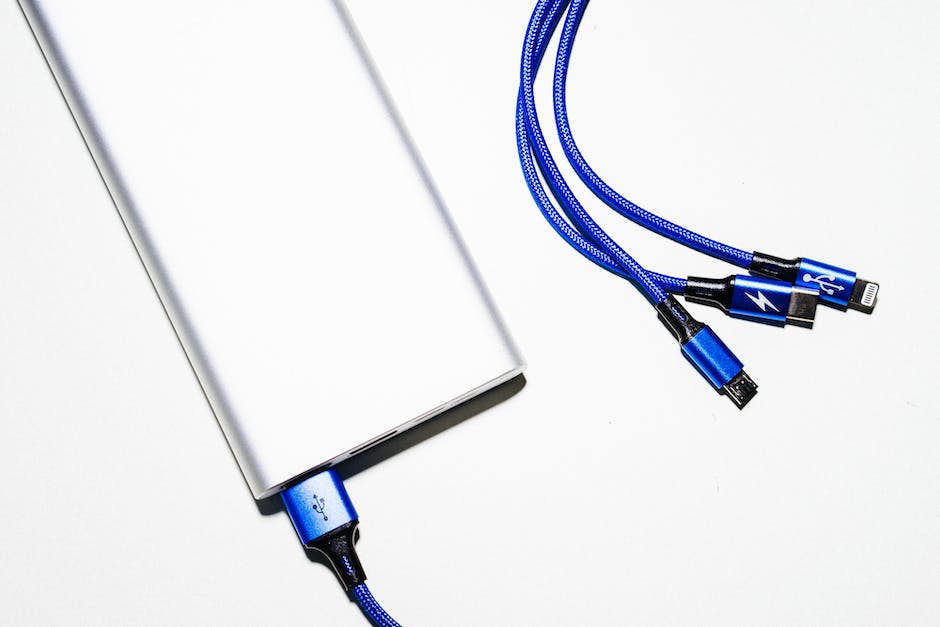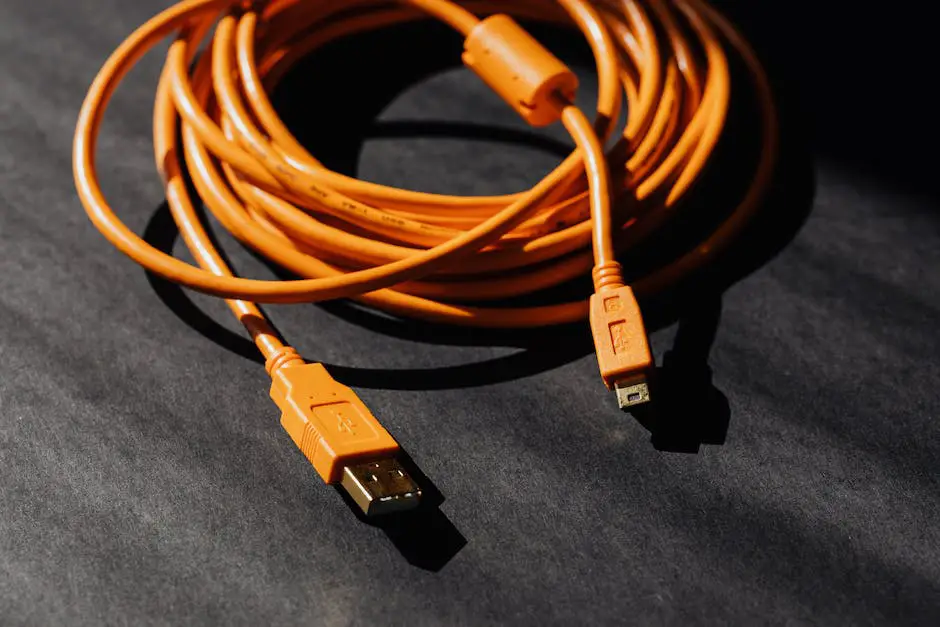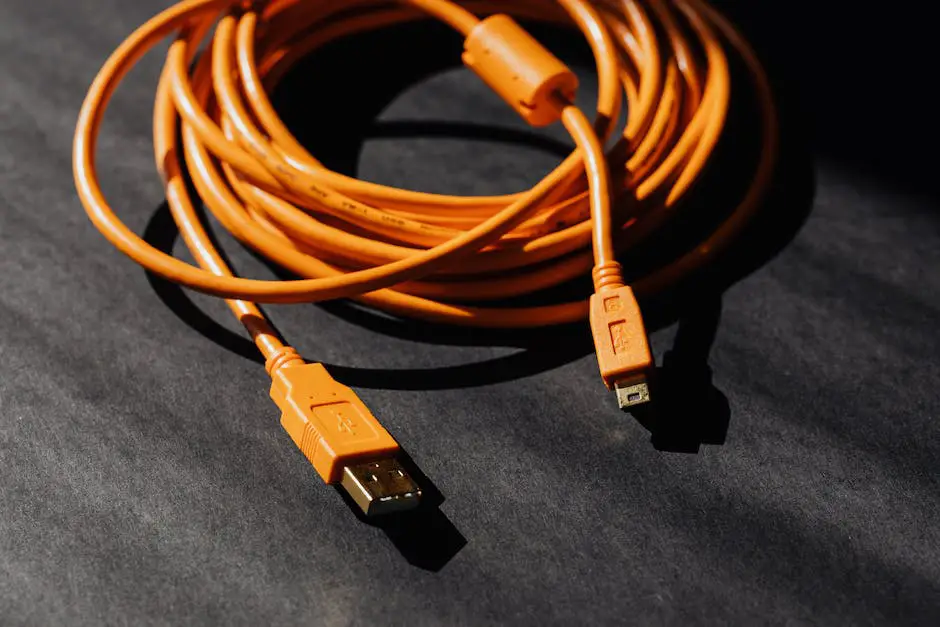The quest for enduring thrills on an electric skateboard transcends merely the yearning for speed and agility; it is equally about the pursuit of sustainability through maximizing battery longevity. Electric skateboarding, an exhilarating blend of technology and adventure, harnesses the power of sophisticated battery systems to fuel the ride. In this discussion, we delve into the multifaceted world of electric skateboard batteries, unraveling the mysteries behind what propels our boards further and keeps us riding longer. From dissecting the nuances of battery chemistry to the subtle yet significant impact of our riding habits, we will explore a range of factors that contribute to battery life. This comprehensive examination is essential for hobbyists keen to weave skill and knowledge into the fabric of their electric skateboarding experience.
Battery Chemistry and Capacity
Electric Skateboard Battery Types: Navigating the Path to Longevity
When it comes to electric skateboards, the type of battery isn’t merely a technical specification—it’s the linchpin of both performance and longevity. Similar to how an aficionado might compare the very heart of a sports car’s engine, enthusiasts evaluate the merits of skateboard batteries, with a sharp eye on how they propel their deck, and more importantly, for how long.
The Lay of the Land: Lithium-ion vs. Lead-acid vs. Nickel-metal Hydride
Most electric skateboards rely on lithium-ion batteries, a choice driven by their exceptional energy-to-weight ratio. These batteries pack a significant punch given their relatively light frames—a vital trait for something as mobile and agile as an electric skateboard. They charge quickly, offer higher current ratings for thrilling speeds, and, crucially, boast a longer life span—often surviving several hundred charge cycles before noticeable degradation.
Taking a step back into the more dated territory, some electric skateboards house lead-acid batteries. This technology, while markedly affordable, comes at a cost of efficiency. Lead-acid batteries are bulkier, weigh more, and hold a charge for a shorter period. The cost-benefit analysis here is skewed towards the short term; however, they capitulate to the advancement of technology with either a swift decline in capacity or a bulky hindrance to the streamlined experience riders seek.
Nickel-metal hydride batteries fall somewhere in the middle. They share a few advantages with lithium-ion, such as a decent energy density and less weight than lead-acid. However, they also suffer from ‘memory effect’—a nemesis for longevity. This phenomenon can reduce the effective capacity of the battery over time if it’s not discharged and charged properly.
Cycles and Longevity: The Endurance Race
The life expectancy of an electric skateboard’s battery is tallied in charge cycles, with one cycle equating to fully charging and then fully discharging the battery. Lithium-ion technology typically promises somewhere in the ballpark of 500 to 1000 cycles before dropping to 70-80% capacity. This translates to years of regular use before riders need to consider a replacement.
In contrast, lead-acid batteries might authentically struggle past the 300-cycle mark. While nickel-metal hydride might offer a modest improvement, they don’t come close to the endurance of their lithium-ion counterparts. The trade-off of higher maintenance for the potential longevity bump is, for many, an unappealing compromise.
Juiced Up: Capacity and Performance
Battery capacity, denoted in watt-hours (Wh), can’t be overlooked when discussing skateboard longevity. A higher capacity means longer rides and less frequent charging, which in turn leads to fewer charge cycles being used up. Lithium-ion batteries claim victory again, with manufacturers able to squeeze in higher capacities into the same space occupied by less capable alternatives.
Environmental Factors and Care
No analysis of electric skateboard battery longevity would be complete without mentioning the impact of environmental factors and proper care. Extreme temperatures, storage conditions, and charging habits all play supporting roles in the lifespan of a battery. Lithium-ion batteries have a particular aversion to heat, and a bit of extra care can prevent them from a premature decline.
Final Thoughts
It’s clear that lithium-ion batteries reign supreme in the realm of electric skateboards, offering unrivaled longevity, capacity, and performance. While cost and personal preferences might dictate considering other types, the forward momentum of technology strongly tips the balance in favor of lithium-ion. For enthusiasts seeking the best experience over the longest time, the message is unequivocal: embrace the innovation that lithium-ion brings to the electrified concrete waves.

Riding Habits and Conditions
Maximizing Electric Skateboard Battery Life: Key Riding Practices
Electric skateboard enthusiasts are ever in pursuit of maximizing their ride times, and a crucial aspect of this is ensuring the battery’s longevity. Proper riding habits are as important as the technology itself when it comes to prolonging battery life. It’s essential to understand that battery care doesn’t end with selecting a superior lithium-ion battery; it extends into the very manner in which you use your electric skateboard.
Adopting a Consistent Speed
Powered skateboards deliver an adrenaline rush, tempting riders to push them to their limits. However, sustaining a consistent, moderate speed can ward off the rapid depletion of battery life. Frequent acceleration and deceleration can drain the energy cells significantly more than cruising at a uniform pace. Speed modulation doesn’t only contribute to a smoother ride but also keeps the battery draw to a minimum, thereby extending overall battery life.
Regulating Board Weight
Understanding the weight-bearing capacity of your electric skateboard and keeping the load within recommended limits is pivotal in maintaining battery health. A heavier load demands more power, putting undue strain on the battery. Over time, hauling extra weight consistently can lead to reduced battery efficiency and a noticeable drop in ride distance per charge.
Climbing Hills Strategically
Elevation changes play a substantial role in battery drain. When facing a hill, rather than throttling to maximum power, a gradual climb using minimal power needed to maintain momentum will help conserve battery life. Exerting high power for hill ascent not only strains the motor but also extracts a significant amount of energy from the battery, contributing to a faster reduction in battery lifespan over repeated cycles.
Avoiding Extreme Temperatures
While environmental factors are often considered in battery storage and charging, they are just as relevant while riding. Extreme cold can cause the battery to work harder to deliver the same output, diminishing its charge faster. Conversely, riding in excessive heat can lead to overheating and potential long-term battery damage. Seeking mild conditions and avoiding temperature extremes when operating an electric skateboard can ensure more stable and predictable battery discharge cycles.
Utilizing Regenerative Braking
Many electric skateboards feature regenerative braking systems that recapture energy during braking and funnel it back into the battery. Utilizing this feature wisely can contribute to incremental charge top-ups during a ride. While it won’t drastically extend the battery life, it does contribute marginally to a longer ride and serves as a prudent technique for energy conservation.
Maintaining Optimal Tire Pressure
Under-inflated tires create additional rolling resistance, compelling the motor to expend more power to maintain speed, adversely affecting battery life. Ensuring the skateboard tires are inflated to the manufacturer’s recommended levels will not only make for a smoother ride but also optimize power consumption and battery usage.
By adopting these riding practices, electric skateboard users can significantly extend the lifespan of their batteries, contributing to a more enduring and cost-effective riding experience. It underscores the synergy between technological innovation and rider behavior in achieving the ultimate goal—a sustained, exhilarating ride without frequent charging interruptions or premature battery replacement. Remember, the key to unlocking the full potential of an electric skateboard’s battery is as much in the hands of the rider as it is in the cells powering the ride.

Charging Practices and Maintenance
Maximizing Electric Skateboard Battery Lifespan: Smart Charging Practices and Maintenance Routines
When it comes to electric skateboards, maintaining the longevity and performance of your battery is crucial. A smart charging and maintenance regimen is vital to ensure your lithium-ion batteries deliver the best experience possible. The following insights delve into effective strategies for enhancing battery life without compromising on the thrills of your ride.
Smart Charging Tactics
One of the most proactive steps in preserving battery health is employing smart charging tactics. Unlike other battery types, lithium-ion batteries benefit from partial discharge and charge cycles. It’s recommended to keep your battery’s charge between 20% and 80%. This strategy minimizes voltage stress and wear on the battery, leading to an expanded lifespan of the cells.
Moreover, avoid leaving your electric skateboard plugged in at all times. Once your battery reaches full charge, continuing to apply a charge can induce stress, potentially leading to capacity loss over time. Consider using a timer or a charger that automatically stops charging once the battery is full, catering to this automation preference.
Balanced Charging Technique
Balanced charging is paramount for multi-cell battery packs. Ensure your charger distributes energy equally across all cells, as imbalanced cells can lead to underutilization of the battery capacity and heighten the risk of cell damage. Chargers with cell-balancing capabilities are pivotal for promoting uniformity in charge levels, safeguarding the overall health of your battery.
Temperature Considerations
Temperature plays a critical role in battery life. Charging in extreme temperatures—either too hot or too cold—can be detrimental to your skateboard’s battery. Always strive to charge your battery in a moderate temperature range, ideally between 50°F and 85°F (10°C to 29°C). Maintaining this temperature balance helps optimize chemical reactions within the battery cells, promoting longer life.
Routine Maintenance Checks
Routine battery inspections are essential. Periodically check for signs of wear, such as swelling, discoloration, or leakage. Any of these conditions can be indicative of a compromised battery needing immediate attention. Keep connections clean and free from debris to ensure unimpeded power flow. Dust and dirt can potentially lead to short circuits, which adds unwanted stress on the battery.
Storage Strategy
For those periods when the electric skateboard won’t be used, consider the battery’s storage charge level. Aim to store the battery at around 50% charge. This level is considered the sweet spot that minimizes aging during storage. Additionally, store your skateboard and its battery in a cool, dry place to prevent environmental degradation.
Usage Monitoring
Be mindful of your riding habits. Frequent acceleration and deceleration can take a toll on your battery. Instead, aim for smooth and consistent speeds to maintain battery efficiency. Monitoring usage patterns aids in identifying potential stressors on the battery, enabling adjustments that could extend the battery’s functional life.
To conclude, adhering to a thoughtful charging and maintenance routine is key to maximizing the lifespan and performance of your electric skateboard’s battery. By avoiding practices that strain the battery and embracing those that promote health, riders can enjoy an uninterrupted and reliable skating experience. Remember, a well-maintained battery not only keeps the journey smooth but also ensures that the adventure lasts that much longer.

Battery Management Systems (BMS) and Technology
Understanding the Role of a BMS in Extending Battery Life
A sophisticated Battery Management System (BMS) is critical for promoting the longevity and performance of batteries, especially in high-demand applications like electric skateboards. As enthusiasts gravitate towards lithium-ion batteries for their high energy density and longer life span, the importance of a well-engineered BMS cannot be overstated.
At its core, a BMS is an electronic system that manages a rechargeable battery by protecting it from operating outside its safe operating area. It monitors parameters like voltage, current, and temperature. By doing so, a BMS ensures batteries perform optimally and safely, thus extending their usable life.
The BMS plays a pivotal role in regulating the charging process. It ensures that all the cells within a battery pack charge at the same rate and to the correct voltage. This balanced charging is essential for lithium-ion packs, as any imbalance could lead to overcharging or undercharging, causing permanent damage to the cells. A sophisticated BMS will redistribute the charge accordingly, ensuring every cell maintains harmony with its counterparts, a fundamental requirement for battery durability.
While charging tactics like avoiding continuous top-up once full charge is reached are crucial, a BMS adds another layer of intelligence. It not only prompts to discontinue charging when the battery is full but also prevents over-discharging, which is equally harmful. By cutting off the output when the battery dips below a certain level, the BMS safeguards the cells from excessive depletion and helps maintain the integrity of the battery’s chemistry.
Temperature regulation is yet another critical function of a BMS. Lithium-ion batteries are notorious for their sensitivity to extreme temperatures. A sophisticated BMS continuously monitors the battery’s temperature and can adjust the charging rate or even initiate cooling mechanisms if it detects the temperature creeping out of the safety range. This feature reduces the risk of overheating, which could otherwise lead to reduced battery life or, in extreme cases, thermal runaway.
Prolonging battery life isn’t just about protection during charge and discharge cycles. A BMS also includes storage protocols, ensuring that when your skateboard batteries are not in use, they maintain optimal charge levels and are kept under conditions that prevent degradation. These systems can prompt users when maintenance checks are due and can even self-diagnose for potential issues, leading to prompt interventions that prevent further damage.
Lastly, a BMS interfaces directly with the user, providing real-time data on battery health and performance. Through sophisticated algorithms, it can predict battery lifespan and recommend actions to improve efficiency. This information helps users to adjust their usage patterns and maintenance schedules, ultimately ensuring the battery serves its purpose longer and more effectively.
In conclusion, a sophisticated BMS is an indispensable component of any electrical skateboard’s battery system. Its advanced features ensure that, through protective mechanisms during charging, intelligent temperature controls, and predictive maintenance, the longevity and reliability of lithium-ion batteries are maximized. Embracing this technology is critical to harnessing the full potential of the preferred battery type for electric skateboards and keeping them running smoother for longer.

Hardware and Component Quality
Skateboard Build Quality: Beyond the Battery
Moving on from the vital role batteries play in your electric skateboard’s performance, let’s delve into the mechanical components that could make or break your riding experience. The quality of skateboard wheels, trucks, deck, and bearings are essential, impacting not only the smoothness of your ride but also its overall durability and safety.
Deck Durability: Core to Your Skateboard’s Lifespan
The skateboard deck is not just a flat surface you stand on. The quality of the deck determines the board’s flex level, weight capacity, and resilience against snapping. High-quality decks made from layers of bamboo or maple provide a sturdy yet flexible base, essential for absorbing shocks during rides and tricks. A subpar deck may succumb to stress fractures or worse, snap mid-ride, leading to potential injuries.
Wheels and Bearings: Cornerstones of Performance
Wheels are a skateboard’s only contact with the ground, dictating grip and ride smoothness. Soft urethane wheels can handle rougher surfaces, cushioning the ride, while harder wheels are better for smooth concrete, affording higher speed and precision. The bearings within these wheels, rated by the ABEC system, must be high-quality to ensure speed and reduce friction. Premium bearings extend wheel life and maintenance intervals, ensuring consistent performance through the thousands of revolutions during a typical ride.
Truck Quality: Steering Precision and Stability
Skateboard trucks link the wheels to the deck, pivotal for steering and stability. Trucks constructed of premium metals offer precision control and support the rider’s weight without bending or breaking. Inferior truck quality can result in poor turning response, or in severe cases, truck failure, which could lead to loss of control and accidents.
The Difference that High-Caliber Bearings Make
Bearings often go unnoticed, but their role cannot be understated. They determine wheel spin efficiency and overall ride quality. High-grade bearings can greatly reduce the rolling resistance, allowing riders to maintain speed with less effort and increase the longevity of the board. Bearings that are poorly made or ill-suited for skateboarding will wear out faster, necessitate frequent replacement, and ultimately compromise the board’s reliability.
In Conclusion
Every component on a skateboard influences the whole. From the resilience of the deck to the grip of the wheels, the precision of the trucks, and the efficiency of the bearings, every part must be of high quality to ensure optimal performance and safety. Skaters should take care in selecting these components, just as with the battery; investing in quality pays dividends in both the long-term enjoyment and the reliability of your electric skateboard.

Photo by lucaskohoko on Unsplash
Mastering the art of sustaining battery life on an electric skateboard is akin to fine-tuning an instrument—each adjustment resonates through the performance, echoing longevity and efficiency. As we navigate through the intricacies of battery chemistry, implement refined riding practices, adhere to diligent charging protocols, leverage advanced BMS technologies, and choose premium hardware, we not only enhance our ride; we embrace a future where our passion for electric skateboarding is matched by our commitment to sustainability and technological appreciation. The synergy of knowledge and dedication breathes life into the battery, just as it breathes excitement into our adventurous pursuits, ensuring countless more rides on the horizon.

